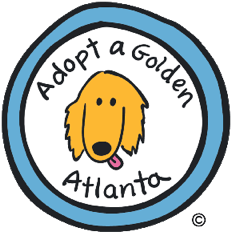Bloat — The Mother of All Medical Emergencies
What is Bloat?
Bloat is a life threatening condition in which the stomach rapidly fills with air. Sometimes the stomach then twists upon itself, preventing the air from escaping. If not treated, this condition can rapidly progress (in less than one hour) to death. Twisting of the gas filled stomach is known as GDV (gastric dilatation and volvulus).
Get to a vet or emergency clinic if your dog has these symptoms:
- Excessive Drooling
- Panting
- Distended Firm Belly
- Dry Heaving and Retching
- Restlessness
What Causes Bloat?
As of yet we do not know exactly why dogs get bloat, but here are some strongly suspected risk factors:
- A deep narrow chest, common in Great Danes, Setters, GOLDEN RETRIEVERS and large dogs with long legs.
- Stress and panting, which leads to swallowing large amounts of air.
- Eating only one meal per day.
- Using elevated food and water bowls.
- Lean and underweight dogs.
- Littermates or relatives that have bloat.
- Most dogs bloat in the middle of the night when the stomach is empty.
What Can You Do?
- Feed your dog at least two meals per day.
- Keep your dog’s food and water dishes on the floor.
- For at-risk dogs, consider gastropexy at the time of spay or neuter.
How is Bloat Treated?
- Decompression. If the stomach is distended but not twisted, a tube can be inserted in the stomach to allow the gas to escape.
- Surgery:
- If a dog has bloat without stomach twisting, surgery called gastropexy is done to anchor the stomach inside the abdomen, thus preventing it from twisting.
- If the stomach has twisted, surgery is done to untwist the stomach, and then it is anchored inside the abdomen with a gastropexy procedure



